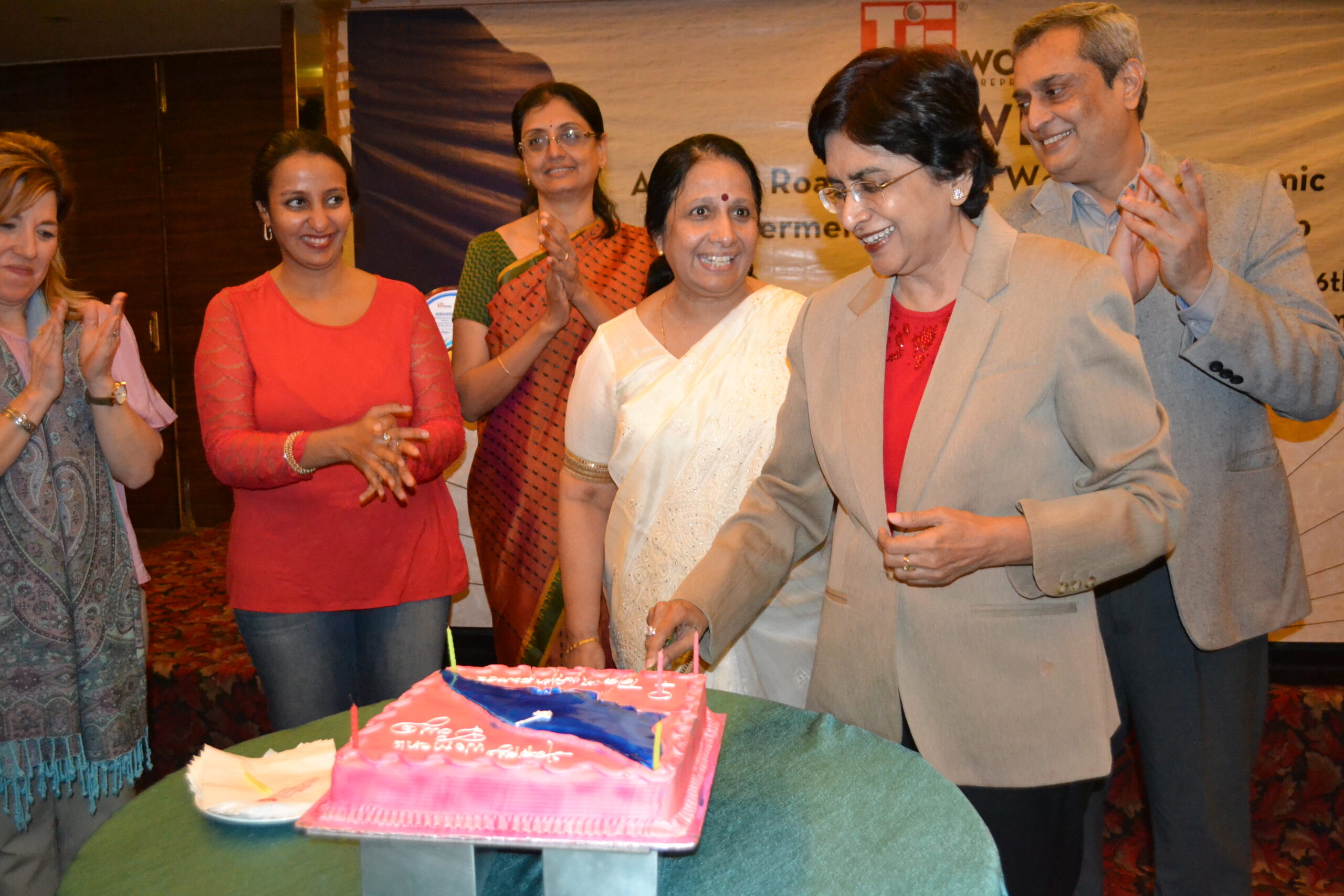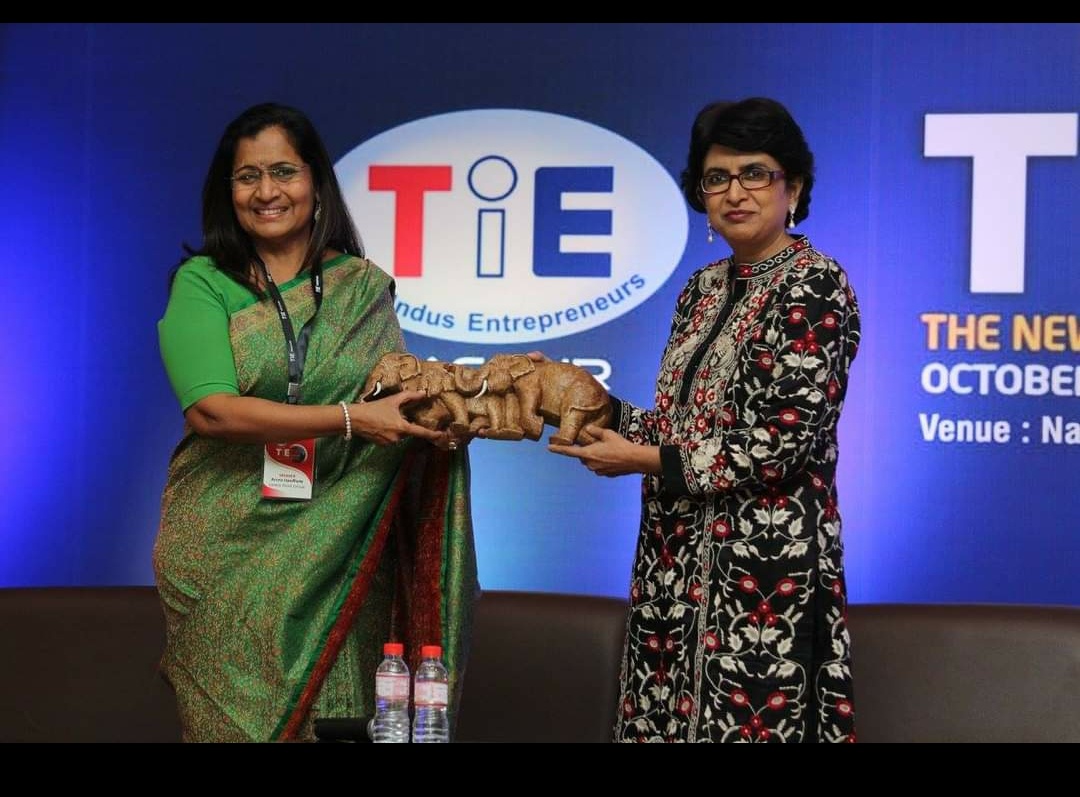Developing ability to see larger picture- 10 September 2013
The task before new CEO Jagjeet was monumental. The Board had mandated him to carry out a massive internal population transfer from one plant to the company’s new plant in another place about fifty kilometers away. That meant the staff could commute from their present dwellings. Yet, the Board had agreed to a hiked package for transferred staff to facilitate the process. There was, thus, a general agreement in the workforce, too, for the change since the unions had been taken into confidence. Yet, for the CEO, the task was not simple.
The problem was that most departmental heads (DH) were not willing to allow any staff cuts from their respective jurisdiction. In fact, the population transfer was taking place after the main plant had been automated more, thus reducing the staff requirement. Therefore the Board had decided to shift some people to the nearby plant just fifty kilometers away. Yet, the departmental heads did not want to share any of the members of their workforce with the new plant in spite of the fact the unions had agreed for the change.
The difficulty was that the departmental heads were not willing to see the larger picture. Everyone was concerned about one’s own department and one’s own jurisdiction and turf. They made promises to their respective teams that they would not allow any shift to take place, and they wanted to fight bitter battles. Jagjeet was simply bewildered as he had never witnessed such scenes in all his previous jobs in high positions.
Ultimately, one evening, he decided to do something novel. He drove straight to the house of a departmental head, a fifty-year-old man who had worked all his life with the company. The man was surprised to see the boss at his door. Jagjeet came straight to the subject. He said, “Sir, you are such a senior man with impeccable reputation for professional excellence that I cannot ignore your point of view. But I want you to see the larger picture of the company as a whole. If you understand that, I am sure, you would agree with what I am saying. If you do, the company will certainly reward you suitably.”
Then Jagjeet went on to explain why certain things were necessary for the company’s growth without much burden on the exchequer. The departmental head was surprised. He said, “I am sorry Mr. Jagjeet, but I had not been able to see all these dimensions. I don’t worry about the reward you are talking about. My concern is for the company, and I would not stop you from taking the necessary steps. Go ahead.”
This DH was the senior-most in the plant and had considerable influence over his counterparts. Therefore, Jagjeet had gambled to call on him. If he had failed, things would have boomeranged on him. Yet he took the bold step and talked personally and directly to him. The trick worked with through a personal communication. Everything else was easy later on.
All managements come across such problems stemming from the refusal of important executives to see the larger picture. Once they are made to see that picture in its fullness, then the problem gets taken care of immediately. But for that to achieve, the top managements have to undertake many innovative steps. A direct and personal communication can be one major step.









